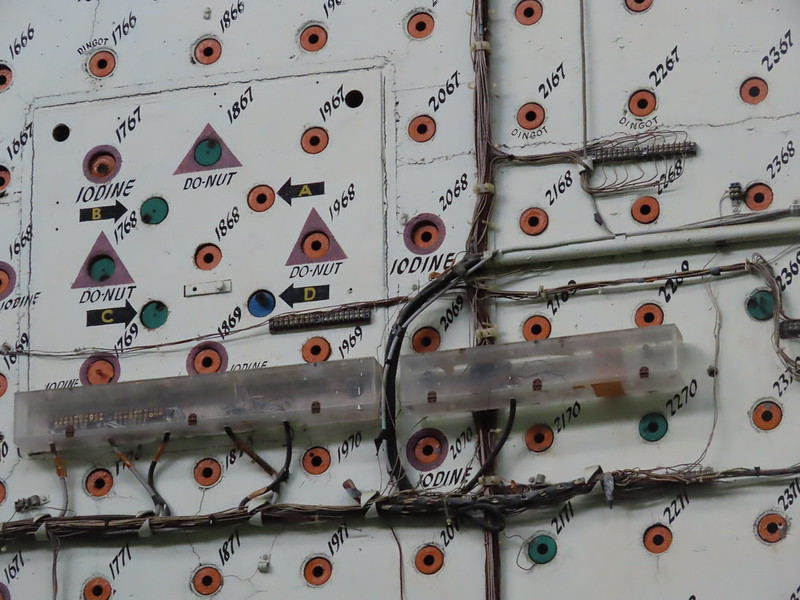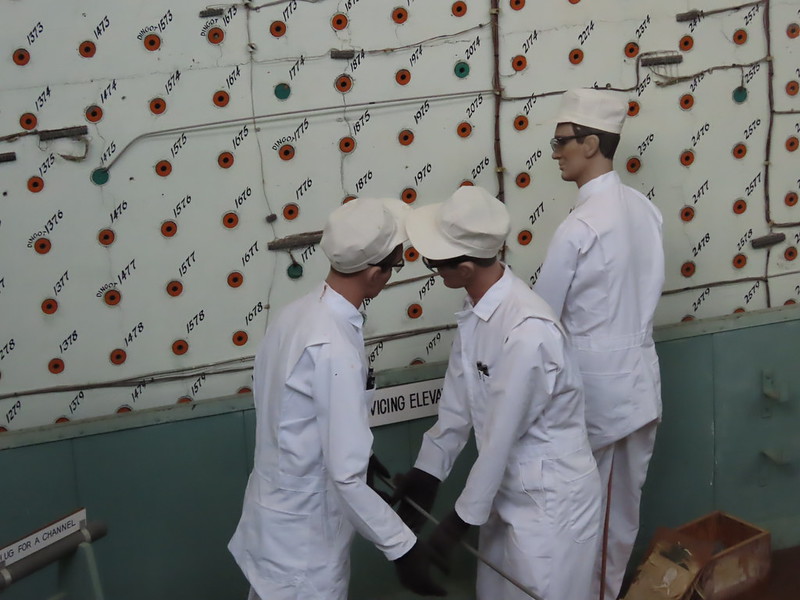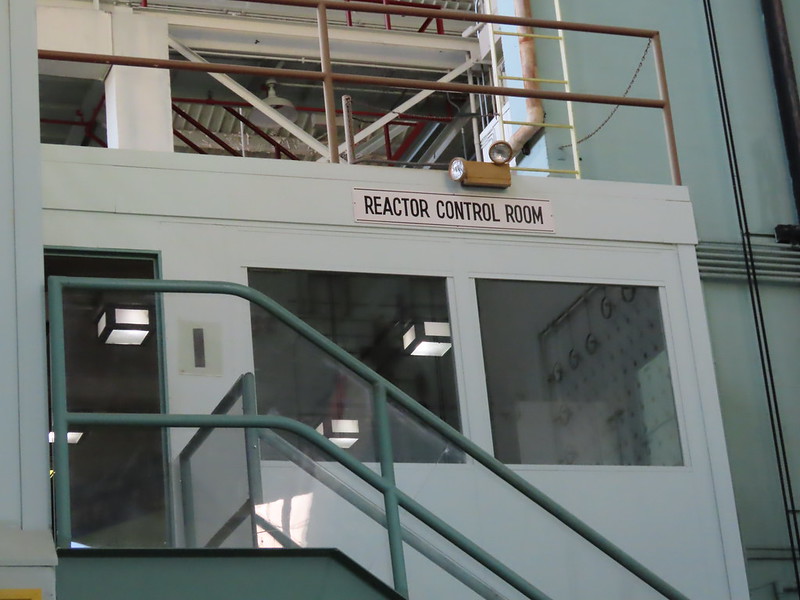X-10 Reactor and Y-12 Plant, Oak Ridge TN
When I visited Oak Ridge this past spring, the tours to the National Laboratory were closed down due to the Covid virus. But they have recently reopened (at least for now), so I stopped by for a tour on my way back to Florida.
For those who don’t know, I live in a converted campervan and travel around the country, posting photo diaries of places that I visit. I am currently on my way back to Florida for the winter.
In October 1939, President Franklin D Roosevelt received a letter from Albert Einstein, who was then probably the most famous scientist in the world. Einstein described the experiments in nuclear fission that had been recently reported from Germany in which uranium atoms were split by neutrons, releasing large amounts of energy. This could, he noted, lead to the development of a uranium bomb of enormous power.
Einstein urged FDR to begin an American effort to develop an “atomic bomb” before the Nazis did. The result was the Manhattan Project.
As the work began, Manhattan Project physicists, now working in secret, discovered a new element, plutonium, that was even better than bomb material
uranium. Producing plutonium in usable amounts, however, would require a “nuclear reactor”—a sustained chain reaction that would constantly bombard natural uranium with neutrons to convert it into plutonium.
Chain reactions occur when a uranium atom is fissioned by a neutron and during the process ejects more neutrons which go on to produce other fissions. If this
reaction happened over an extremely short period of time, the result was a nuclear explosion. But if the rate of the reaction could be slowed and controlled, the result was a steady release of neutrons and energy—a nuclear reactor. These neutrons could then be used to turn uranium into plutonium.
The project was assigned to Italian physicist Enrico Fermi in Chicago. By 1941, Fermi was ready to begin construction of a working reactor. Although some of his colleagues were alarmed at the potential results of an accidental runaway reaction, Fermi was so confident in his calculations that he boldly planned to build his reactor right there at the University of Chicago, in the middle of one of the largest and most densely-inhabited cities in the world. The reactor (or “atomic pile” as it was then called) was given the designation CP-1 (for “Chicago Pile
number one”).
After Fermi’s success with Chicago Pile 1 and with the construction of a small 1-megawatt test reactor at Oak Ridge TN (codenamed X-10), the Manhattan Project
knew that it would be possible to assemble a larger nuclear reactor and use it to produce plutonium for a bomb. This was done at the Hanford Works in Washington State.
The Manhattan Project also developed a number of methods for enriching uranium into weapons-grade. One of these was “electromagnetic separation”, which used large magnets to separate uranium isotopes. This process was carried out in the Y-12 facility constructed at Oak Ridge.
The Oak Ridge National Laboratory still carries out classified nuclear research today. But the X-10 reactor and Y-12 are available for public tours, which leave from the American Museum of Science and Energy.
Some photos from a tour.
The tour bus leaves from the American Museum of Science and Energy

The X-10 reactor

The loading face has rows of channels that lead inside the reactor

Each channel is numbered

And color coded

New fuel pellets were inserted by hand, then pushed in with a metal rod (the concrete shell was 5 feet thick)

Stairs lead up to the Control Room

Inside the control room

The plant’s logbook

The Experiment Room, where samples were retrieved

The Y-12 visitors center

The museum

A variety of equipment on display

Little Boy bomb casing

B83 nuclear bomb casing (the tail section is missing)

The sample return case used by the Apollo moon landings—they were designed at Y-12



Comments are closed.